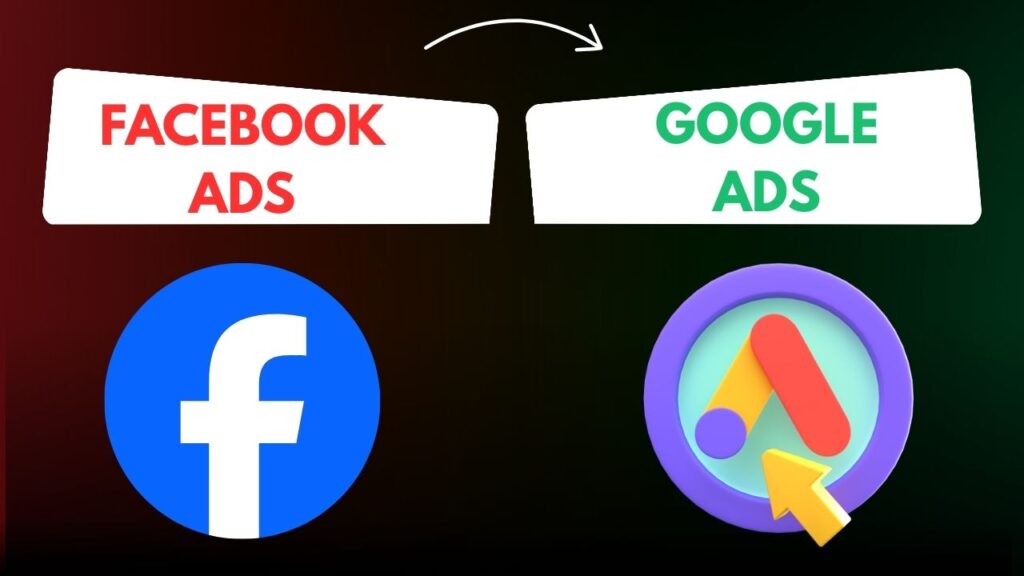Let’s be honest. Running ads online feels a bit like shopping during a sale. You go in thinking, “I’ll only spend ₹500.” Next thing you know, you’ve spent ₹2000, and you’re wondering if you even needed those extra pairs of shoes.
Paid campaigns can be exactly like that. If you’re not careful, your ad spend shoots up, and the returns (ROI) don’t match.
For digital marketing students and young professionals, mastering the art of reducing ad spend while improving ROI is like finding a cheat code in a video game. You’ll win faster, smarter, and with fewer resources.
Let’s break it down.
First Things First: What’s ROI in Paid Campaigns?
ROI = Return on Investment.
If you spend ₹10,000 on ads and make ₹30,000 in sales, your ROI is 3x. Simple.
But here’s the catch: many businesses spend blindly. They pump money into ads without optimizing. That’s like filling a leaky bucket – it looks full for a moment, but you’re losing water (and money) fast.
Why Marketers Should Care About ROI
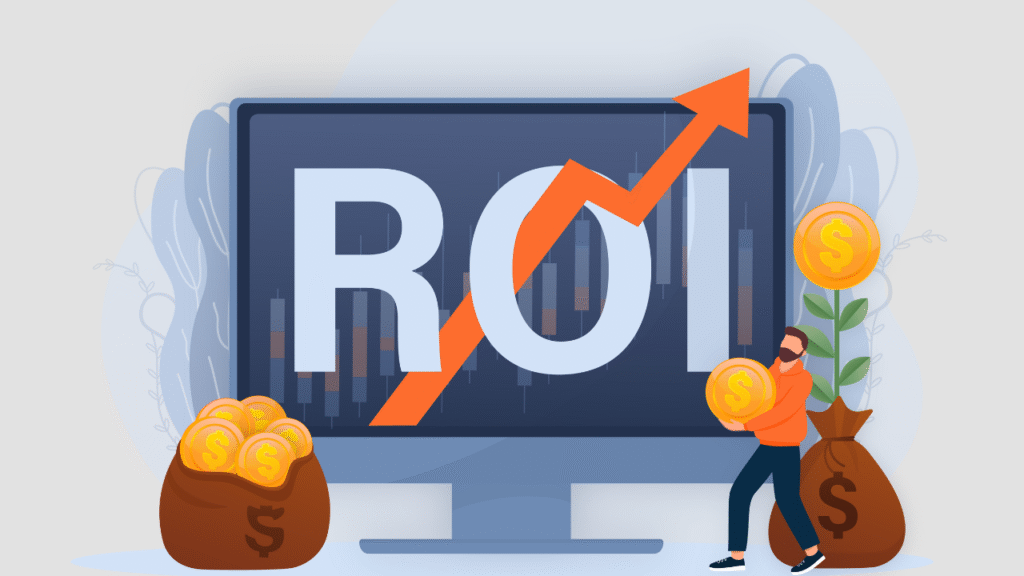
-
Employers love ROI-driven marketers. Anyone can spend money; not everyone can spend smart.
-
Freelancing edge. If you can show clients that you doubled their ROI while cutting costs, they’ll stick with you.
-
Entrepreneur advantage. If you start your own business, your marketing budget will thank you.
10 Smart Ways to Reduce Ad Spend and Improve ROI
1. Target the Right Audience
Don’t try to sell coffee to people who only drink tea.
Use Facebook’s interest targeting (students, job seekers, gadget lovers).
On Google Ads, focus on location + keyword intent.
Example: A coaching center in Delhi shouldn’t show ads in Chennai.

2. Use Negative Keywords
Negative keywords = words you don’t want your ads to show for.
If you’re selling paid courses, add “free” as a negative keyword.
If you sell premium shoes, exclude “cheap” or “second-hand.”
Saves you money by avoiding irrelevant clicks.
3. Optimize Your Ad Copy
Boring ads = wasted clicks.
Add urgency: “Limited Seats” or “Offer Ends Tonight.”
Highlight benefits: “100% Job Assistance | Free Demo Class.”
Test multiple versions (A/B testing).
A good ad copy filters serious buyers from random clickers.
4. Improve Landing Pages
Imagine clicking on an ad for “50% Off Pizza,” but landing on a boring homepage. You’ll bounce.
Make landing pages fast, clear, and relevant.
Add strong CTAs: “Enroll Now,” “Book Your Free Call.”
Mobile-friendly (70%+ traffic is mobile).
The better your landing page, the higher your conversion, better ROI.
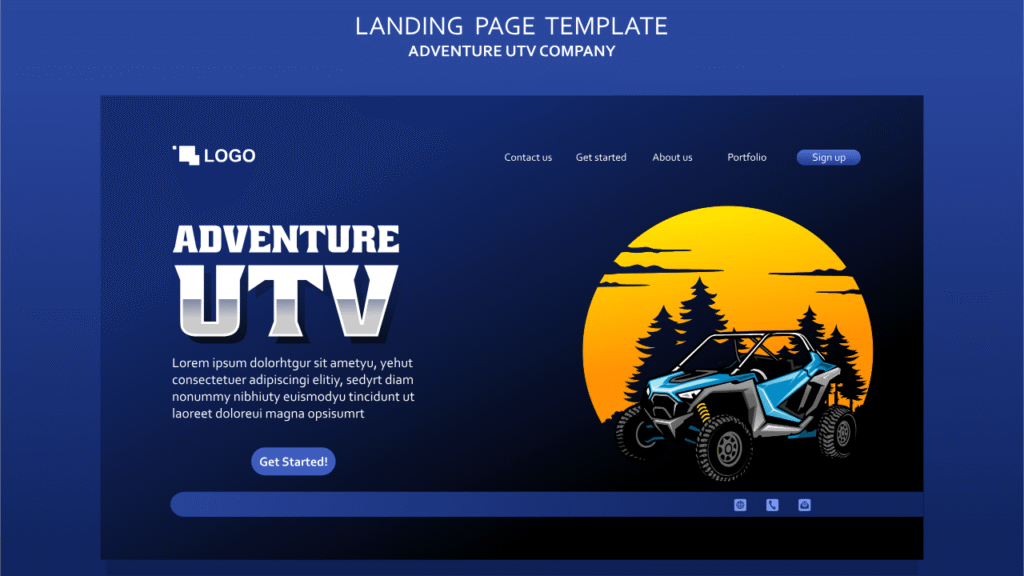
5. Start Small, Scale Later
Don’t throw ₹10,000 into ads on Day 1.
Start with ₹300-₹500/day.
Test multiple ad sets.
Scale only the ones working.
Treat it like sampling food in a buffet. Taste first, then load your plate.
6. Use Retargeting
Ever noticed how the shoes you checked online follow you everywhere? That’s retargeting.
Show ads only to people who already visited your site.
Cheaper clicks, higher conversion.
Students love retargeting because it’s cost-effective and magical.
7. Monitor Your Metrics Daily
Paid ads are not “set and forget.”
Check CTR (are people clicking?).
Check CPC (how much is each click costing?).
Check conversions (are clicks turning into sales?).
Ads are like exams, you can’t just write and forget. You revise, check, and improve.
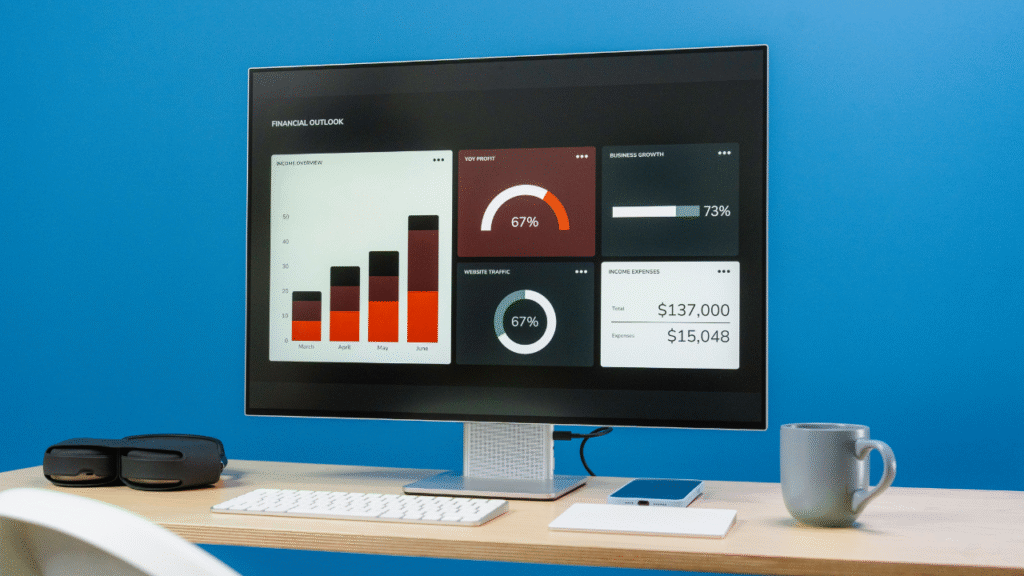
8. Use Geo-Targeting & Ad Scheduling
Why show ads to everyone at every time?
Geo-targeting: Show ads only in your city.
Ad scheduling: Run ads when your audience is active (e.g., evenings for students).
Saves money by avoiding dead hours.
9. Leverage Lookalike & Custom Audiences
On Facebook/Instagram:
Upload your customer list, create lookalike audience.
Target people similar to your best customers.
You spend less chasing random strangers.
10. Keep Learning & Updating
Platforms like Google Ads and Meta Ads change faster than exam timetables.
Stay updated with new features.
Learn automation tools (smart bidding, AI-driven targeting).
Take free certifications (Google Skillshop, Meta Blueprint).
Knowledge = savings + results.

Mini Case Study: Priya’s Online Store
Priya, a college student, ran ads for her handmade jewelry store.
Initial Spend: ₹5,000 → ROI was low (just ₹7,000 in sales).
She optimized:
Added negative keywords (“cheap jewelry”).
Improved ad copy (“Handmade Jewelry | Free Shipping”).
Retargeted visitors.
Final Spend: ₹4,000 – Sales ₹12,000.
ROI tripled, while spend went down.
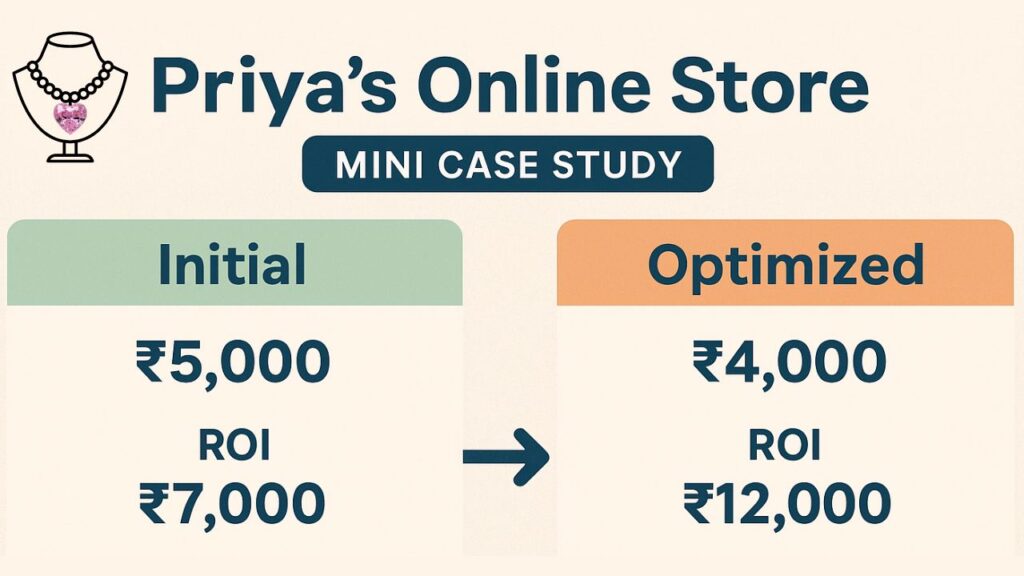
Quick Checklist for Reducing Ad Spend
✅ Define your audience clearly
✅ Use negative keywords
✅ Write compelling, tested ad copies
✅ Optimize landing pages
✅ Start small, scale smartly
✅ Retarget visitors
✅ Monitor & tweak campaigns daily
✅ Use geo-targeting & scheduling
✅ Leverage custom/lookalike audiences
✅ Keep learning
Final Thoughts
Spending money on ads is easy. Spending it wisely is a skill.
As students and young professionals, don’t think your value lies in running big-budget campaigns. Your real value lies in running smart campaigns, where every rupee brings back more than it cost.
That’s what employers, clients, and even your own business will respect.
Remember: In digital marketing, it’s not about how much you spend. It’s about how much you earn back.
So, go reduce that ad spend, improve that ROI, and make your campaigns smarter than your competition.
Pro Tip from 20+ years in digital marketing: The smartest marketers don’t just buy clicks. They buy customers. Always focus on conversions, not just traffic.
